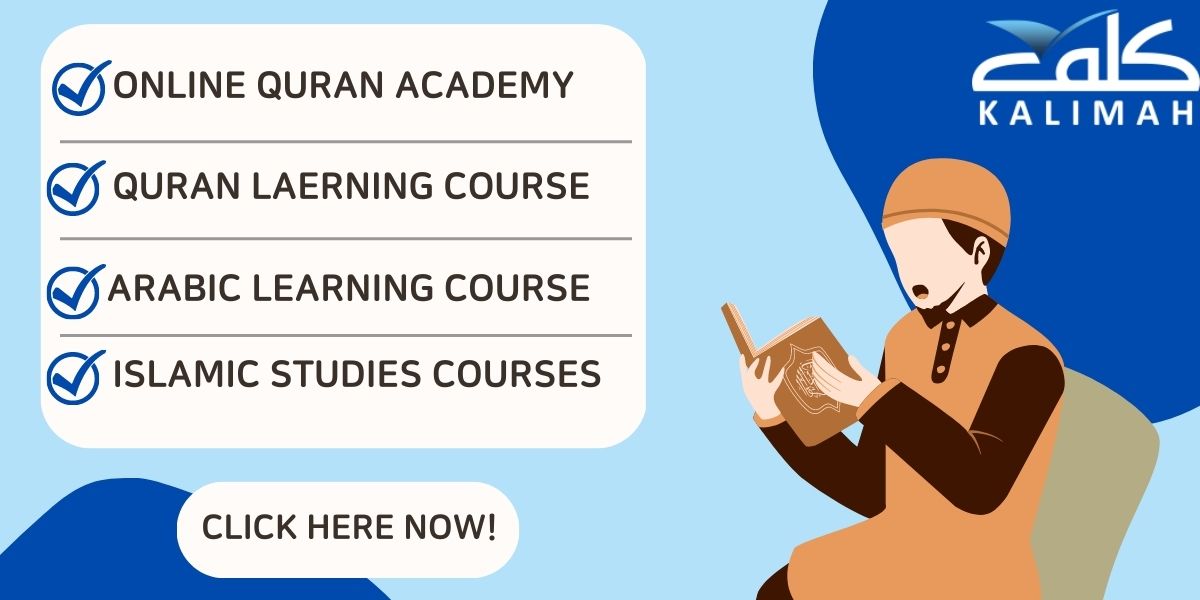In a nutshell: Is Arabic A Semitic Language? Arabic is a key member of the Semitic language family that boasts around 300 million native speakers and shares roots with languages like Hebrew and Amharic within the Afroasiatic group. Originating from a common ancestral tongue, it remains the most widely spoken Semitic language, unified by Modern Standard Arabic despite its many dialects, playing a vital role in religious, cultural, and economic spheres.
The term “Semitic languages” refers to a group of related languages that have evolved from a common ancestral language, forming a linguistic family within the larger Afroasiatic language family.
These languages share intriguing similarities and differences, making them a subject of great interest among linguists and language enthusiasts.
Arabic, with around 300 million native speakers, reigns as the undisputed heavyweight of the Semitic family.
Is Arabic the original language?
Arabic is not the original language but a prominent member of the Semitic language family, which evolved from a common ancestral language within the larger Afroasiatic family.
While Arabic is the most widely spoken Semitic language today, with around 300 million native speakers, the earliest known Semitic language is Akkadian, spoken between 2500 and 600 BCE.
Arabic, like other Semitic languages, shares many common traits with its linguistic relatives, reflecting a rich and ancient history that has significantly influenced human communication across millennia.
What Does Semitic Language Mean?
Semitic languages belong to the Afro-Asiatic language family and encompass a broad geographical and historical range. Modern languages such as Hebrew, Arabic, and Amharic are part of this group, all deriving from a common ancestral language that existed between 8000 and 6000 BC.
These languages share many features, such as similar sounds, word endings, and grammatical genders.
The major Semitic languages include Arabic, Amharic, Tigrinya, Hebrew, Tigre, Aramaic, and Maltese.
Arabic, with around 300 million native speakers, is the most widely spoken. Despite the numerous dialects within the Arabic-speaking world, educated speakers can typically switch between their regional dialects and Modern Standard Arabic for effective communication.
The term “Semitic” was introduced by German linguist Johann Gottfried Eichhorn in the 18th century, derived from biblical texts. Semitic languages are ancient and historically significant, with Akkadian being the oldest known member.
These languages have been recorded since the third millennium BC, using scripts adapted from Sumerian cuneiform, and they continue to be important in various regions and cultures today.

Arabic As One of the Semitic languages:
The Arabic language is one of the 10 oldest languages in the world and Arabic is a Semitic language within the Afroasiatic family that originated in the Arabian Peninsula.
Specialists believe that the Arabic language is closer to the mother language from which all Semitic languages emanated.
Is Arabic A Semitic Language?
Arabic belongs to a group of languages collectively known as the Semitic languages.
To this group belong a number of languages in the Middle East, some of them no longer extant.
The earliest attested Semitic language is Akkadian, Arabic is the largest Semitic language, if size is determined by the number of speakers.
Arabic is found in two functional variants: Modern Standard Arabic and Arabic dialect.
Modern Standard Arabic is the official written and mass media language used throughout the Arab world, and it is also an official second language in several countries, such as Israel.
Apart from various pronunciation differences, Standard Arabic is unified throughout the Arab world.
Arabic Language Families
A language family is a grouping of linguistically linked languages, stemming from a common ancestral mother language, and most languages in the world belong to a specific family.
Languages that have no demonstrable relation with others, and cannot be classified within a specific family, are generally known as language isolates.
The Arabic language belongs to the Semitic languages and it is divided into 5 main languages:
the North African Arabic, Hassaniya Arabic, Egyptian Arabic, Levantine Arabic and Iraqi Arabic.
But the Modern Standard Arabic is the standardized variety of the language and is used in most formal speech throughout the Arab world to ease communication.
Semitic language that is still widely used
Arabic is not the only Semitic language that is still widely used, but it is certainly one of the most widely spoken and utilized Semitic languages today.
While Arabic is certainly a prominent Semitic language, it’s worth noting that other Semitic languages like Hebrew, Amharic, and Tigrinya are also spoken by significant populations and have their own cultural and historical importance.
However, Arabic’s wide usage in religious, political, economic, and cultural spheres has contributed to its continued prominence among Semitic languages.
Learn Arabic with a professional team of native teachers
Get Started to Improve your Arabic Language & Linguistic Skills! If you wish to practice arabic speaking, you’ve landed in the right place.
If you wish your child would get close to the Quran and learn it by heart, you’ve reached the right place!
All our courses are presented in unique attractive presentations and supported by interactive materials to boost the learning experience.
Buy the best books to learn the Arabic language now
📚 Explore Our Courses:
Online Arabic Course: Tailored to your level, our comprehensive Arabic program includes 16 teaching levels and 400+ hours of personalized sessions.
Online Quran With Tajweed Course: Perfect for non-Arabic speakers, our course spans 13 levels and equips you with Tajweed mastery from beginner to advanced.
Online Arabic Course For Kids: Nurture your child’s love for Arabic with our engaging and structured program, available in 24 levels for primary, intermediate, and secondary stages.
🚀 Start Your Free Trial Today! 🚀
Don’t miss out on this life-changing opportunity to deepen your faith and knowledge. Sign up now for your free trial and take the first step towards becoming a better practicing Muslim with Kalimah Center!
Conclusion
The world of Semitic languages is a captivating tapestry of history, diversity and linguistic development From the powerful Arabic language, which spread largely due to the influence of the Holy Qur’an, to the Hebrew, the unique Maltese, and the official language of Ethiopia, Amharic, these languages reflect the rich tapestry of human communication.
The Semitic languages are among the oldest languages in the world
There are currently around 380 million native speakers of Semitic languages in the world.
Arabic is the most widely spoken of the Semitic languages, with around 300 million native speakers spread across the vast majority of North Africa and throughout the Arabian Peninsula.
While the common origins of the Semitic languages shine in the shared words, the nuances and differences make each language a unique treasure.














